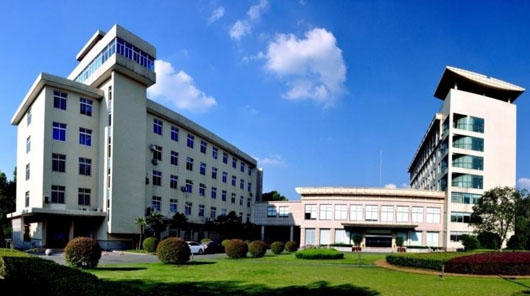by WorldTribune Staff, August 19, 2020
The coronavirus “almost certainly escaped” from a lab in the Chinese city of Wuhan, according to researchers with the Bioscience Resource Project.
Virologist Jonathan Latham and molecular biologist Allison Wilson traced what they contend is the origin of covid to six miners who, in 2012, came down with a mysterious pneumonia-like illness after being exposed to bats.

Latham and Wilson, both of the non-profit Bioscience Resource Project in Ithaca, New York, said they translated a 66-page master’s thesis from the Chinese medical doctor who treated the miners. The doctor sent the miners’ tissue samples to the Wuhan Institute of Virology for testing.
“The evidence it contains has led us to reconsider everything we thought we knew about the origins of the COVID-19 pandemic,” Latham and Wilson wrote in an article published July 15 on their website, “Independent Science News.”
Latham told The New York Post that the coronavirus “almost certainly escaped” from the Wuhan Institute of Virology.
According to the report by Latham and Wilson, the six miners in the Mojiang mine in southwestern China’s Yunnan province fell ill in April 2012 after spending more than 14 days removing bat feces. Three eventually died.
In his thesis, the physician Li Xu, who treated the miners, describes how the patients had a high fever, a dry cough, sore limbs and, in some cases, headaches — all symptoms now associated with COVID-19, said Latham and Wilson. The miners were treated with ventilation and a variety of drugs including steroids, blood thinners and antibiotics, which resembles how coronavirus patients are being treated worldwide, they said.
Scientists found the source of infection was a SARS-like coronavirus from a Chinese rufous horseshoe bat, according to the thesis.
Latham and Wilson believe the virus — once inside the miners — “evolved” into SARS CoV-2, “an unusually pathogenic coronavirus highly adapted to humans,” and the samples somehow escaped from the lab last year, launching what has morphed into the coronavirus pandemic.
Related: Coronavirus origins? Words of Chairman Xi raise new questions, Feb. 23, 2020
Although scientists at the Wuhan lab had collected coronavirus samples from bats at the same mine, they missed the 2012 connection, Latham told The Post.
Latham and Wilson said their findings have been gradually gaining positive reviews from the scientific community in the U.S.
Renowned American geneticist and molecular engineer George Church shared their work on Twitter in July. The tweet garnered 304 retweets and 403 likes.
Stuart Newman, a leading expert on cell biology and anatomy at New York Medical College in Westchester called it “the best sourced explanation yet of the origins of #SARSCoV2” in a July 19 tweet about the report.
“We feel that it’s being circulated underground in the scientific community,” Latham said. “People think it has merit, but they are reluctant to go public because the coronavirus has become very politicized.”
Intelligence Brief __________ Replace The Media
